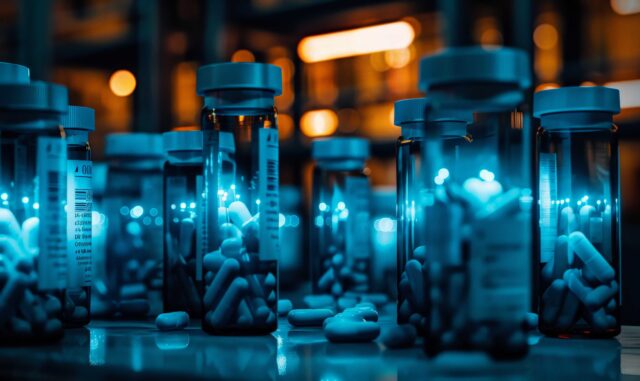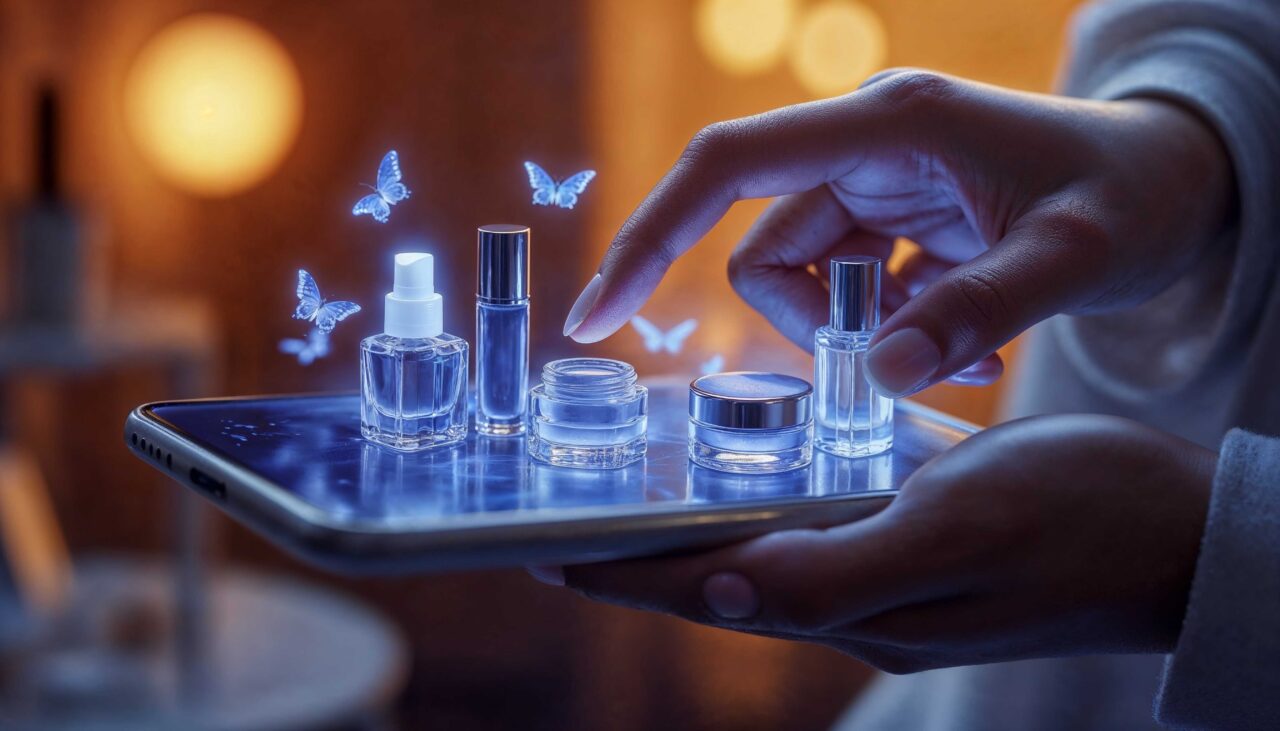If there’s one thing we all learned during the pandemic, it’s how long and uncertain the process of creating a new medicine can be. Traditional drug discovery often takes 10 to 15 years and costs billions of dollars, and still, there’s no guarantee the drug will succeed. But now, a powerful force is starting to reshape that process: AI in drug discovery.
You’ve probably heard a lot about artificial intelligence changing industries. But when it comes to healthcare, and especially the creation of new medicines, the impact of AI in drug discovery is quietly rewriting the rulebook. Let’s explore how.

The Old Way: Time, Cost, and Trial-and-Error
Before we get into the new, let’s look at the old. For decades, drug discovery has been a long and expensive journey. It starts with identifying a disease target, then screening thousands of chemical compounds to see which ones might work. After that come lab tests, animal studies, human trials, approvals, and finally, if everything goes right, a drug makes it to the market.
The problem? This process is not only slow, but also inefficient. Most of the time, potential drugs fail somewhere along the way. Imagine spending years and millions on a drug, only to find out it doesn’t work in humans.
That’s where AI drug discovery steps in.
The New Era: Smarter, Faster, and More Precise
So, what does AI in drug discovery actually mean?
At its core, it means using smart algorithms to analyze massive amounts of medical data, from genetic information to chemical structures, and find patterns humans might miss. These AI models can predict which molecules are most likely to work, how they might interact with the body, and even suggest brand new compounds that haven’t been tested before.
Think of it like having a virtual scientist who never gets tired and can scan millions of possibilities in a matter of hours.
Why It Matters: Speed and Hope
One of the biggest advantages of AI-powered drug discovery is speed. What used to take years can now be done in months. That’s huge, not just for researchers, but for patients waiting for treatments.
AI also opens doors to treating rare diseases, where traditional research often doesn’t focus due to low profits. With AI, the cost of research drops, making it possible to explore these neglected areas.
And during health emergencies – like COVID-19 – AI drug discovery can help quickly identify existing drugs that might be repurposed to fight the virus. That can save lives when time is critical.
How It Works: A Simple Breakdown
Let’s say researchers are trying to find a treatment for a certain type of cancer. Here’s how AI in drug discovery could help:
- Understanding the Disease: AI analyses tons of genetic and clinical data to understand what’s happening in the cells.
- Finding the Right Target: It identifies which protein or gene is driving the disease – that’s the target.
- Suggesting Molecules: Based on millions of chemical possibilities, AI suggests a few molecules that might bind to that target and stop it.
- Predicting Behaviour: It runs virtual tests to see how those molecules might behave inside the body, before anything is made in a lab.
- Narrowing It Down: The most promising candidates are then tested in labs and clinical trials.
This cuts down on guesswork and makes the whole process more focused and efficient.
Examples That Inspire
In recent years, some real-world examples of AI-powered drug discovery have made headlines. A few biotech companies have managed to design new drug candidates in just 12 to 18 months, something that would’ve seemed impossible a decade ago.
Even antibiotics, which had seen little innovation in years, are now being rediscovered and redesigned using AI. This gives new hope in the fight against drug-resistant bacteria.
While you won’t hear about these tools on the evening news, they’re already making an impact behind the scenes.
Is AI Replacing Scientists? Not Really.
A common fear is that AI will replace doctors and scientists. But in reality, AI in drug discovery is more like a partner than a replacement. It handles the heavy lifting of data analysis and prediction, while humans still make the final decisions, design the experiments, and manage the clinical trials.
It’s a collaboration, not a competition.
Challenges Still Exist
While the progress is exciting, it’s not all smooth sailing. AI drug discovery still faces a few hurdles:
- Data Quality: AI is only as good as the data it learns from. If the data is flawed or limited, so are the results.
- Bias and Fairness: If models are trained only on data from certain groups, they might not work well for others.
- Regulation: Medicines still need to go through strict safety checks, and AI-based drugs are no exception.
But researchers and companies are actively working on these issues to ensure AI is used responsibly and effectively.
The Future Looks Promising
We’re still in the early days, but the future of AI in drug discovery looks bright. As AI models become more advanced and as they get access to better, cleaner data, we can expect even faster breakthroughs.
And who knows, the next major cure for a chronic disease might come not from trial and error, but from an AI-powered lab that saw something no one else did.
Final Thoughts
AI isn’t here to take over medicine. It’s here to make it better. And when it comes to discovering new drugs, AI is helping us move from chance to choice, from hoping something works to knowing it has a good chance.
AI in drug discovery is more than a buzzword. It’s a quiet revolution. One that brings science, technology, and hope together, all for the sake of faster, safer, and more accessible medicine.



One comment
Carley Cassin
September 19, 2025 at 9:57 pm
Simply wish to say your article is as amazing The clearness in your post is just nice and i could assume youre an expert on this subject Well with your permission let me to grab your feed to keep updated with forthcoming post Thanks a million and please carry on the gratifying work